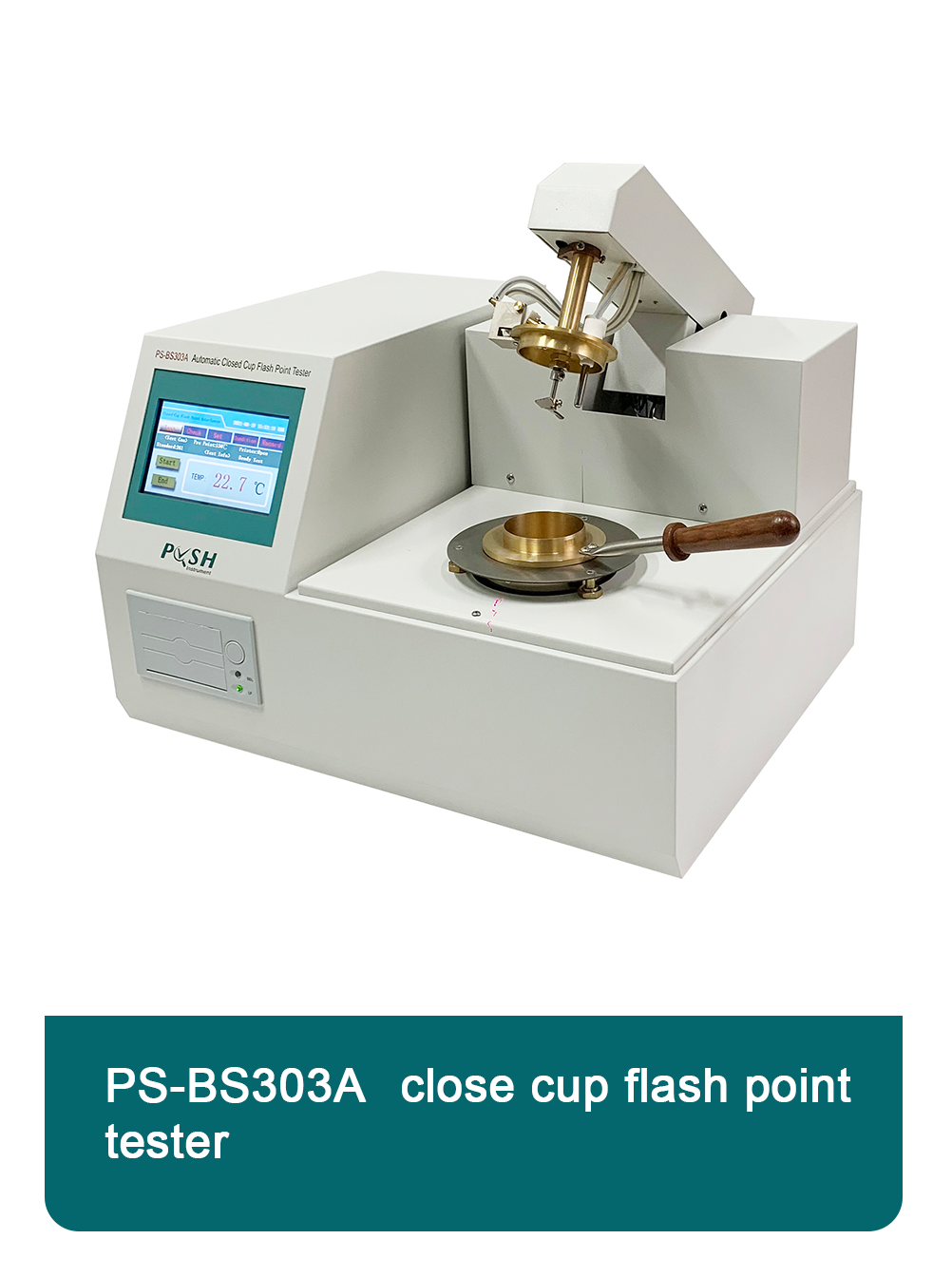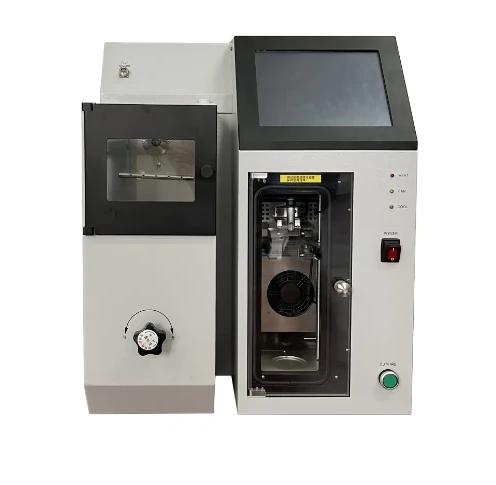 English
English



-
 Afrikaans
Afrikaans -
 Albanian
Albanian -
 Amharic
Amharic -
 Arabic
Arabic -
 Armenian
Armenian -
 Azerbaijani
Azerbaijani -
 Basque
Basque -
 Belarusian
Belarusian -
 Bengali
Bengali -
 Bosnian
Bosnian -
 Bulgarian
Bulgarian -
 Catalan
Catalan -
 Cebuano
Cebuano -
 China
China -
 China (Taiwan)
China (Taiwan) -
 Corsican
Corsican -
 Croatian
Croatian -
 Czech
Czech -
 Danish
Danish -
 Dutch
Dutch -
 English
English -
 Esperanto
Esperanto -
 Estonian
Estonian -
 Finnish
Finnish -
 French
French -
 Frisian
Frisian -
 Galician
Galician -
 Georgian
Georgian -
 German
German -
 Greek
Greek -
 Gujarati
Gujarati -
 Haitian Creole
Haitian Creole -
 hausa
hausa -
 hawaiian
hawaiian -
 Hebrew
Hebrew -
 Hindi
Hindi -
 Miao
Miao -
 Hungarian
Hungarian -
 Icelandic
Icelandic -
 igbo
igbo -
 Indonesian
Indonesian -
 irish
irish -
 Italian
Italian -
 Japanese
Japanese -
 Javanese
Javanese -
 Kannada
Kannada -
 kazakh
kazakh -
 Khmer
Khmer -
 Rwandese
Rwandese -
 Korean
Korean -
 Kurdish
Kurdish -
 Kyrgyz
Kyrgyz -
 Lao
Lao -
 Latin
Latin -
 Latvian
Latvian -
 Lithuanian
Lithuanian -
 Luxembourgish
Luxembourgish -
 Macedonian
Macedonian -
 Malgashi
Malgashi -
 Malay
Malay -
 Malayalam
Malayalam -
 Maltese
Maltese -
 Maori
Maori -
 Marathi
Marathi -
 Mongolian
Mongolian -
 Myanmar
Myanmar -
 Nepali
Nepali -
 Norwegian
Norwegian -
 Norwegian
Norwegian -
 Occitan
Occitan -
 Pashto
Pashto -
 Persian
Persian -
 Polish
Polish -
 Portuguese
Portuguese -
 Punjabi
Punjabi -
 Romanian
Romanian -
 Russian
Russian -
 Samoan
Samoan -
 Scottish Gaelic
Scottish Gaelic -
 Serbian
Serbian -
 Sesotho
Sesotho -
 Shona
Shona -
 Sindhi
Sindhi -
 Sinhala
Sinhala -
 Slovak
Slovak -
 Slovenian
Slovenian -
 Somali
Somali -
 Spanish
Spanish -
 Sundanese
Sundanese -
 Swahili
Swahili -
 Swedish
Swedish -
 Tagalog
Tagalog -
 Tajik
Tajik -
 Tamil
Tamil -
 Tatar
Tatar -
 Telugu
Telugu -
 Thai
Thai -
 Turkish
Turkish -
 Turkmen
Turkmen -
 Ukrainian
Ukrainian -
 Urdu
Urdu -
 Uighur
Uighur -
 Uzbek
Uzbek -
 Vietnamese
Vietnamese -
 Welsh
Welsh -
 Bantu
Bantu -
 Yiddish
Yiddish -
 Yoruba
Yoruba -
 Zulu
Zulu
Gas Chromatography Def Analysis Precision GC Solutions for Gas & Liquid
- Understanding the Fundamentals of Gas Chromatography
- Key Technical Advantages Over Competing Methods
- Performance Comparison Across Leading Manufacturers
- Adaptable Configurations for Specific Use Cases
- Real-World Implementation Scenarios and Outcomes
- Operational Best Practices for Optimal Results
- Future Directions in Separation Science Technology

(gas chromatography def)
Gas Chromatography Def: Core Principles and Mechanisms
Gas chromatography (GC) separates volatile compounds through differential partitioning between mobile gas and stationary phases. Modern systems achieve detection limits below 0.1 ppm while maintaining analysis speeds exceeding 30 samples/hour. Unlike liquid chromatography, GC operates at elevated temperatures (50-400°C), enabling rapid vaporization without compound degradation.
Technical Superiority in Analytical Applications
When compared to HPLC, GC systems demonstrate 83% faster run times for hydrocarbon analysis (EPA 8015B). Flame ionization detectors achieve 0.01 ng sensitivity, outperforming UV-Vis detectors in petroleum applications. Modular designs permit simultaneous installation of multiple detectors (FID, TCD, MSD) without cross-contamination risks.
| Manufacturer | Detection Limit | Temp Range (°C) | Analysis Speed | Price Range |
|---|---|---|---|---|
| Agilent | 0.05 ppm | 40-450 | 28 samples/h | $38K-$72K |
| Thermo Fisher | 0.08 ppm | 30-400 | 25 samples/h | $41K-$68K |
| Shimadzu | 0.12 ppm | 50-420 | 30 samples/h | $35K-$65K |
Customizable Solutions for Diverse Requirements
Our configurable GC platforms support 17 detector combinations and 8 column types. For permanent gas analysis, dual TCD systems achieve 0.02% repeatability across 6-component mixtures. Process GC models withstand 85°C ambient temperatures in refinery environments without performance degradation.
Verified Performance in Industrial Settings
A petrochemical client reduced benzene analysis time from 45 to 12 minutes using our GC-MS configuration, achieving 99.7% correlation with reference methods. Environmental monitoring stations utilizing our portable GC-TCD units detected methane concentrations at 2.3 ppb with ±5% measurement accuracy.
Optimizing Operational Efficiency
Automated leak detection algorithms cut maintenance downtime by 40% in continuous operations. Advanced flow controllers maintain carrier gas stability within 0.01% during 72-hour runs. Integrated diagnostic systems predict column failure with 92% accuracy through pressure trend analysis.
Gas Chromatography Def: Emerging Innovations
Microfluidic GC chips now separate 15 VOCs in under 90 seconds, consuming 80% less carrier gas. Hybrid GC-LC systems enable sequential analysis of complex matrices through automated heart-cutting. Recent advances in semi-packed columns boost theoretical plate counts beyond 850,000/meter for chiral separations.

(gas chromatography def)
FAQS on gas chromatography def
Q: What is the definition of gas chromatography (GC)?
A: Gas chromatography is an analytical technique used to separate and analyze volatile compounds in a mixture. It involves a gaseous mobile phase and a liquid or solid stationary phase. Components are separated based on their interaction with these phases.Q: How does gas chromatography differ from liquid chromatography?
A: Gas chromatography uses a gaseous mobile phase, ideal for volatile substances, while liquid chromatography (LC) employs a liquid mobile phase for less volatile or larger molecules. GC typically operates at higher temperatures, whereas LC works at ambient or moderate temperatures.Q: Why is gas chromatography preferred for gas analysis?
A: GC is highly effective for gas analysis due to its ability to separate and quantify gaseous components with precision. It offers high sensitivity for low-concentration compounds and works well with detectors tailored for gases like thermal conductivity detectors (TCD).Q: What types of detectors are commonly used in gas chromatography?
A: Common GC detectors include flame ionization detectors (FID), thermal conductivity detectors (TCD), and mass spectrometers (MS). FID is ideal for hydrocarbons, TCD for universal detection, and MS for compound identification.Q: Can gas chromatography analyze non-volatile compounds?
A: No, GC requires samples to be volatile and thermally stable. Non-volatile or thermally degradable compounds are better analyzed using liquid chromatography (LC) or other techniques like mass spectrometry (MS).-
Testing Equipment Industry Sees Major Advancements in 2025: Smart & Precision Technologies Lead the WayNewsJun.06,2025
-
Applications of Direct Current Generators in Renewable Energy SystemsNewsJun.05,2025
-
Hipot Tester Calibration and Accuracy GuidelinesNewsJun.05,2025
-
Digital Circuit Breaker Analyzer Features and BenefitsNewsJun.05,2025
-
Benefits of Real-Time Power Quality Monitoring Devices for Industrial EfficiencyNewsJun.05,2025
-
Earth Fault Loop Testing in High-Rise Building Electrical SystemsNewsJun.05,2025



